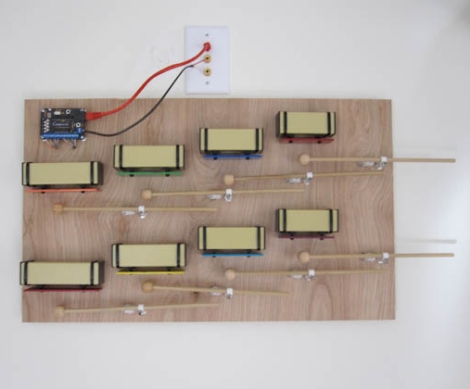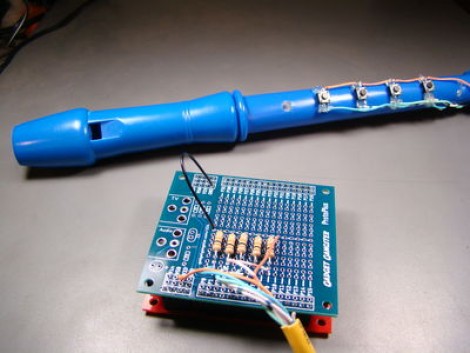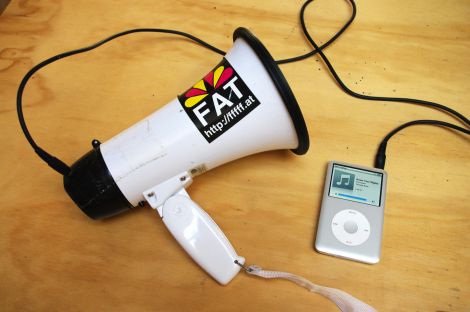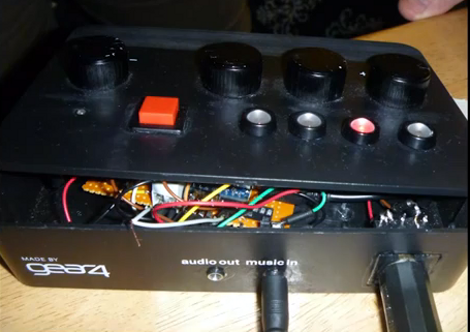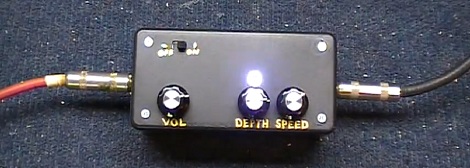
There’s a lot of builders around whose first foray in electron manipulation was building effects pedals for guitars. It looks like [Dino] might be getting back to his roots with his tremolo effects box how-to.
Last week, [Dino] found an old 5-watt tube amp in someone’s trash and decided to bring it back to a functional state. With his new trem effect, it looks like [Dino] might be getting the band back together.
Apart from tiny boost circuits, a tremolo is generally the simplest effect pedal you can make. All you’ll need to do is vary the amplitude of the guitar’s signal at regular intervals. After that, it’s only a matter of pretending you’re playing through a rotating Leslie speaker.
To get his trem working, [Dino] set up a 555 circuit to flash a LED at regular intervals. This LED is encased in heat-shrink tubing along with a photocell. This setup controls an LM386 amplifier. The build is really simple, but from the video after the break we can tell it sounds great.


